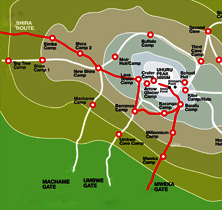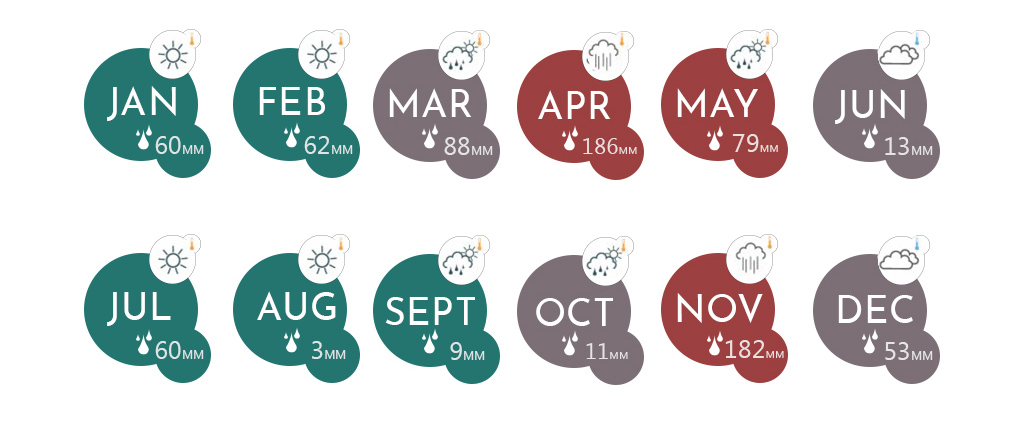Packages
Kilimanjaro Climbing Packages

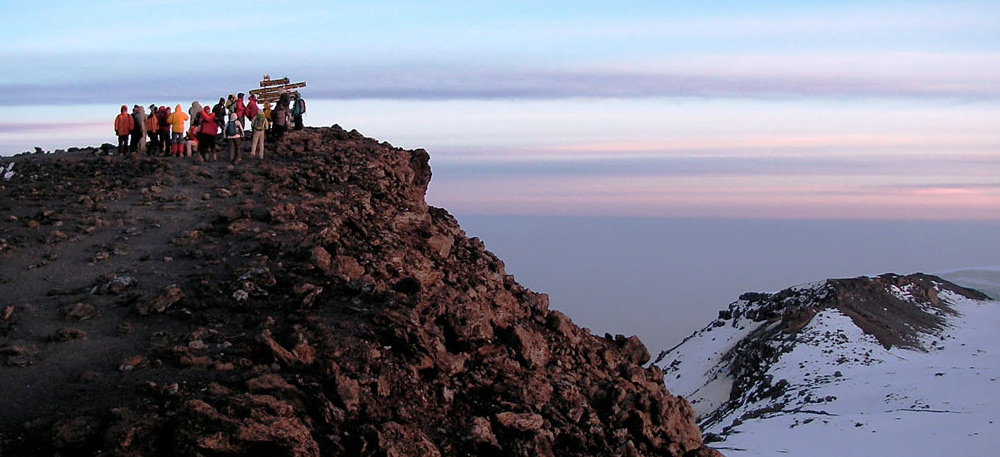
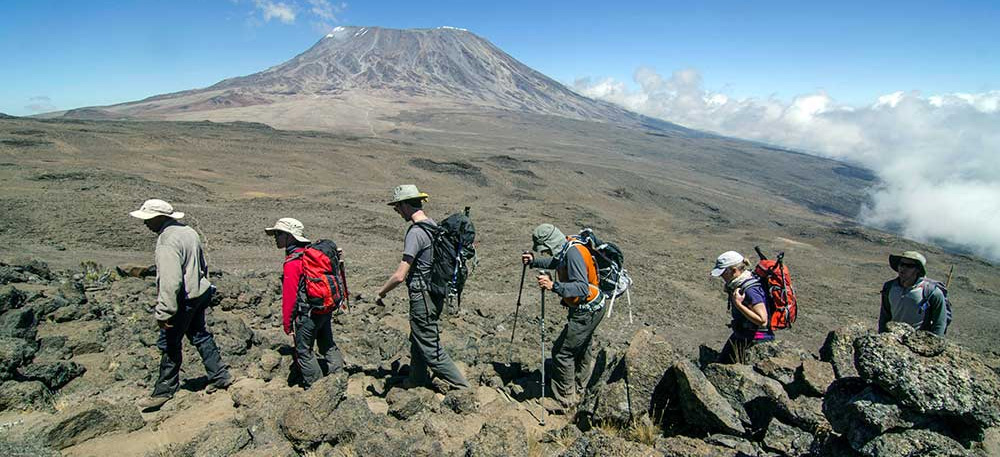
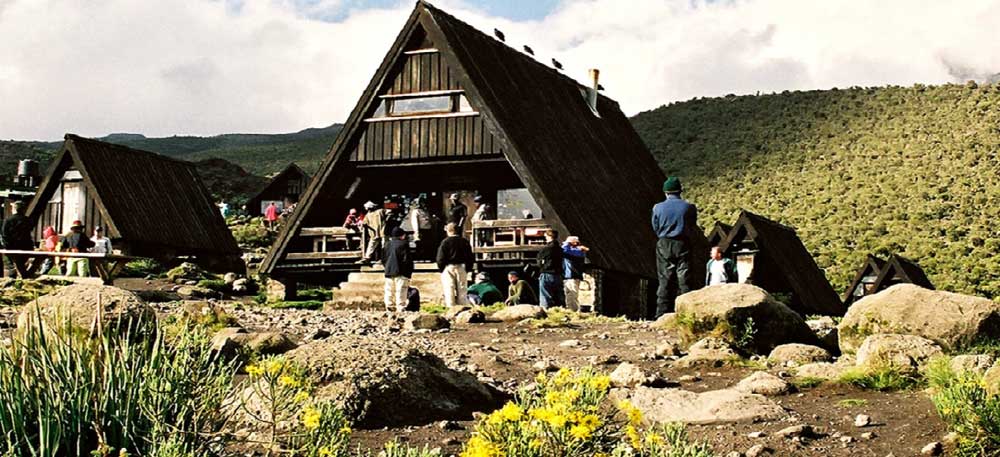
MARANGU ROUTE
Distance: 73.5km
Traffic: High
Acclimatization: Poor
Success Rate: Medium
% Of Climbers: 40%
Feedback: Ok


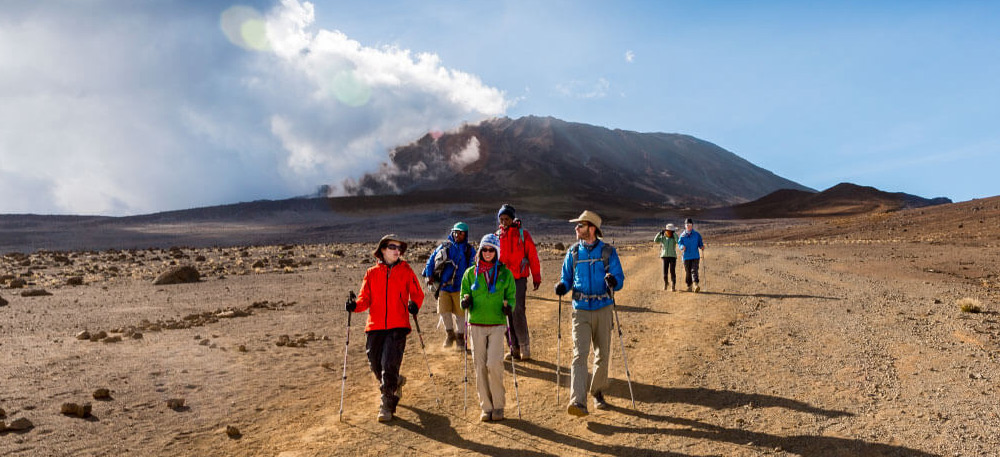

MACHAME ROUTE
Distance: 60.76km
Traffic: High
Acclimatization: Good
Success Rate: High
% Of Climbers: 45%
Feedback: Ok
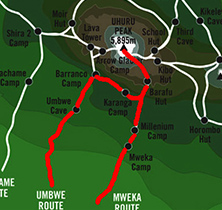
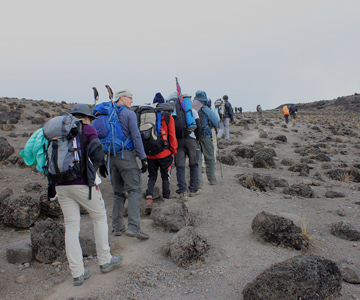
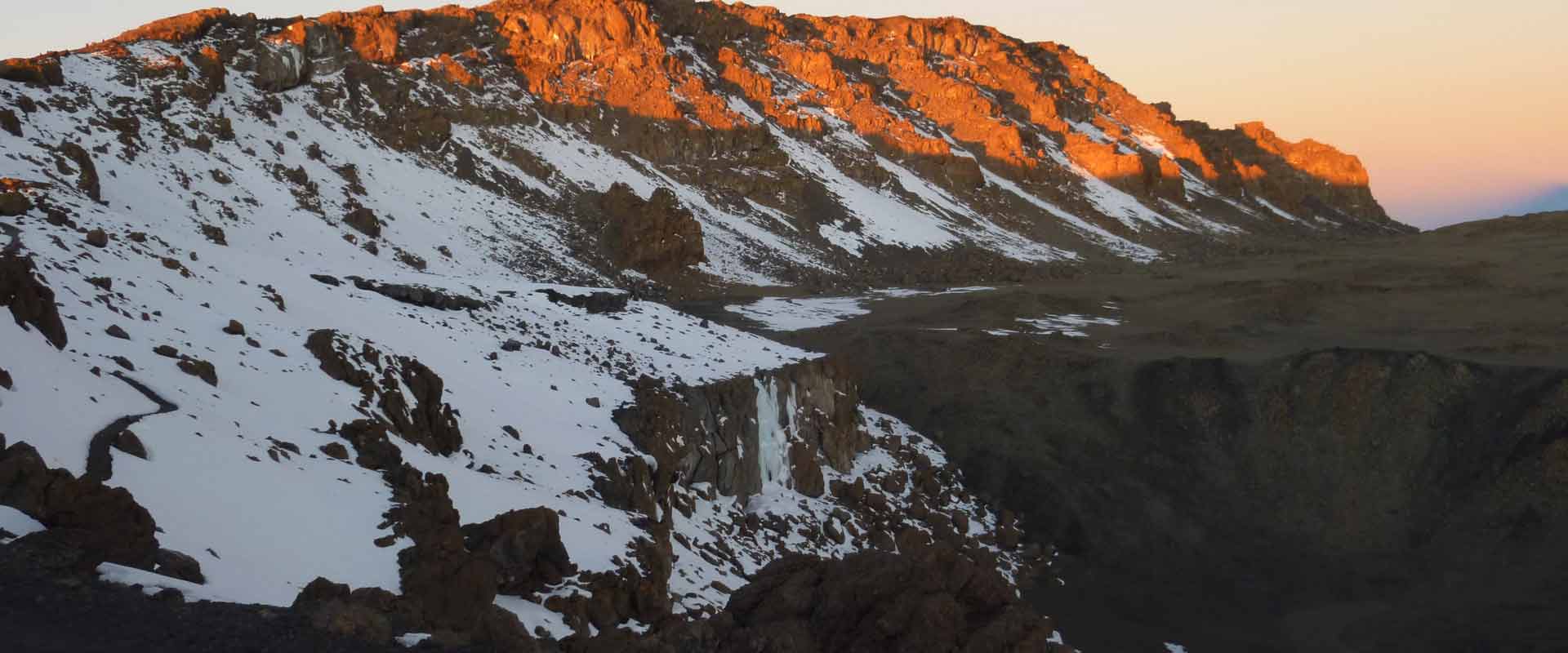
UMBWE ROUTE
Distance: 48.31km
Traffic: Low
Acclimatization: Poor
Success Rate: Low
% Of Climbers: 45%
Feedback: Ok

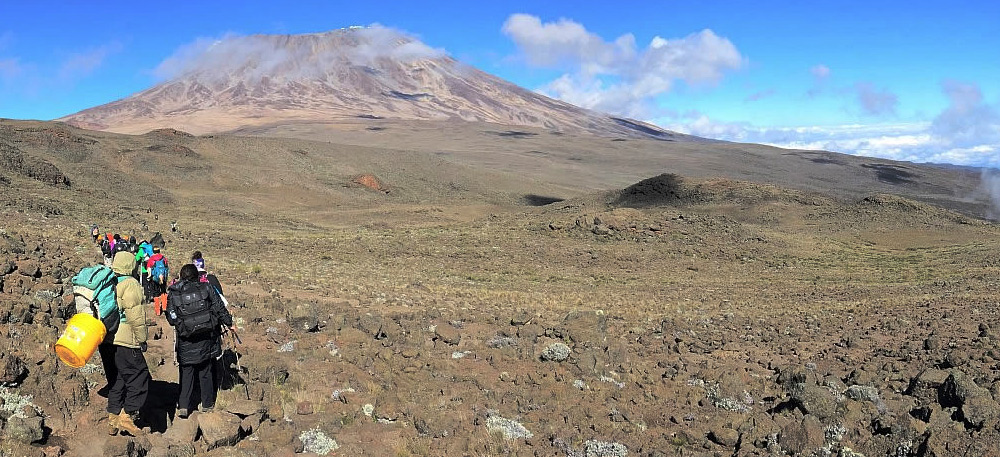
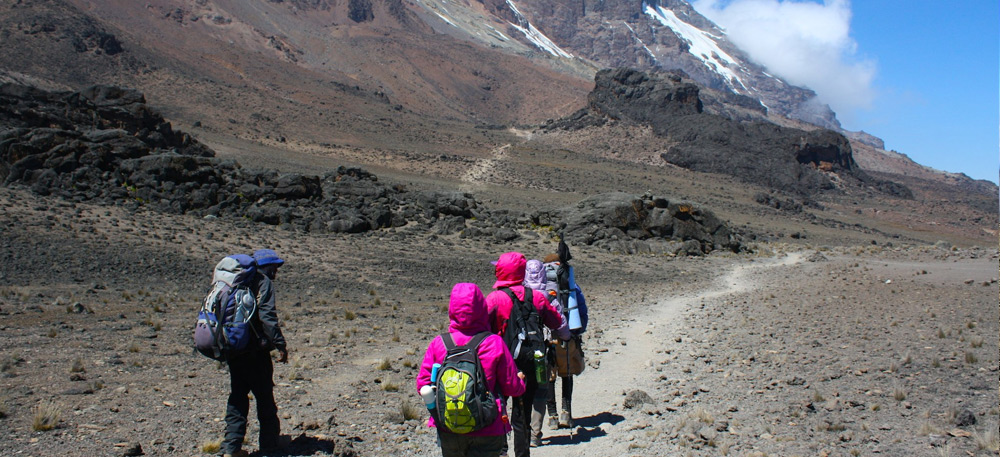

RONGAI ROUTE
Distance: 74.40km
Traffic: Low
Acclimatization: Poor
Success Rate: Medium
% Of Climbers: 5%
Feedback: Ok
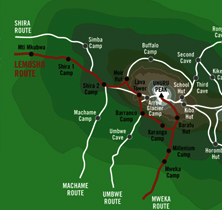
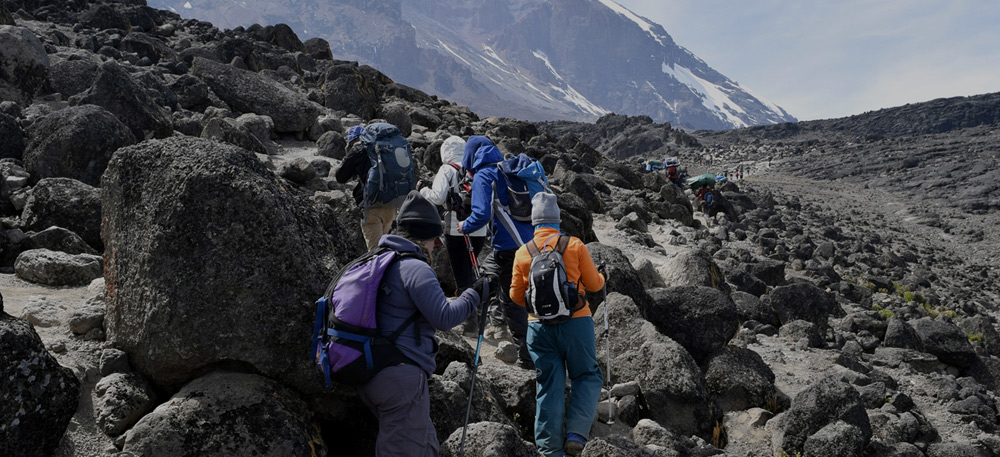
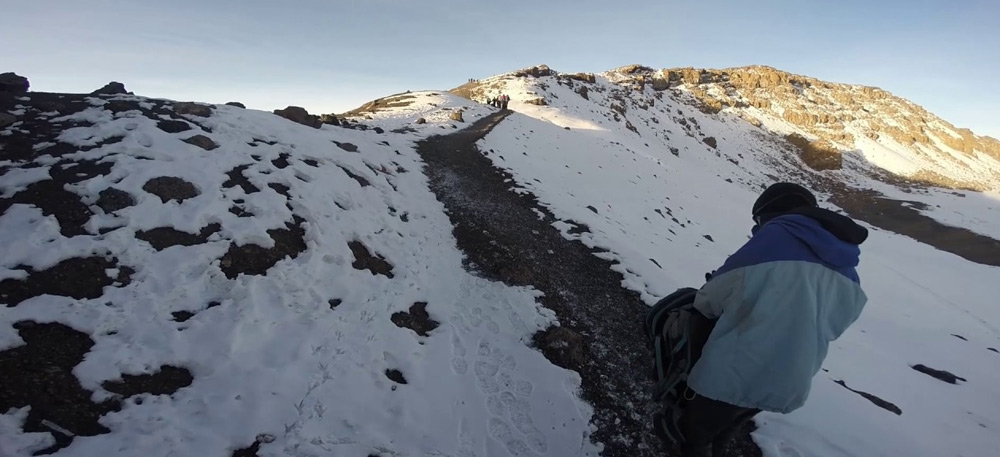
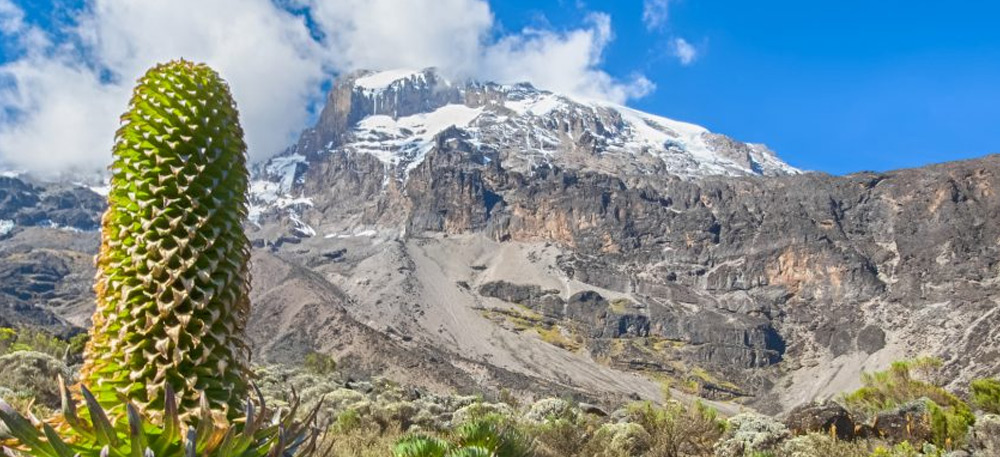
LEMOSHO ROUTE
Distance: 66.86km
Traffic: Medium
Acclimatization: Good
Success Rate: High
% Of Climbers: 8%
Feedback: Recommanded

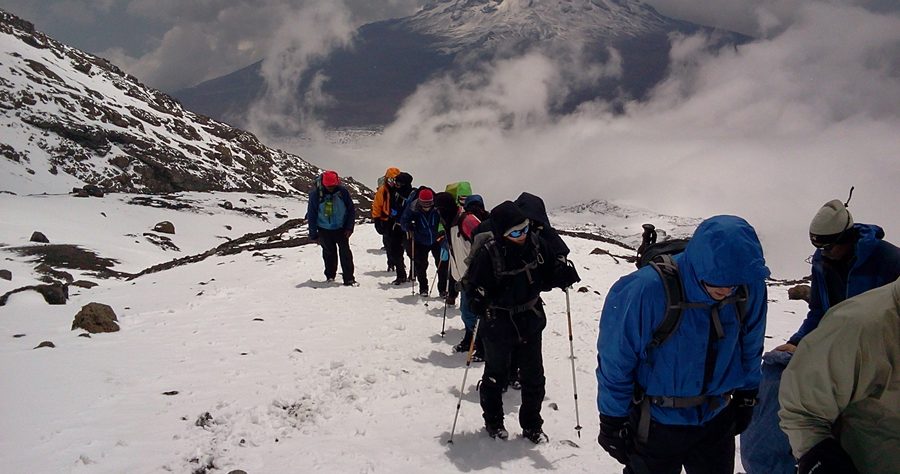


NORTHERN CIRCUIT ROUTE
Distance: 66.86km
Traffic: Medium
Acclimatization: Good
Success Rate: High
% Of Climbers: 8%
Feedback: Recommanded
